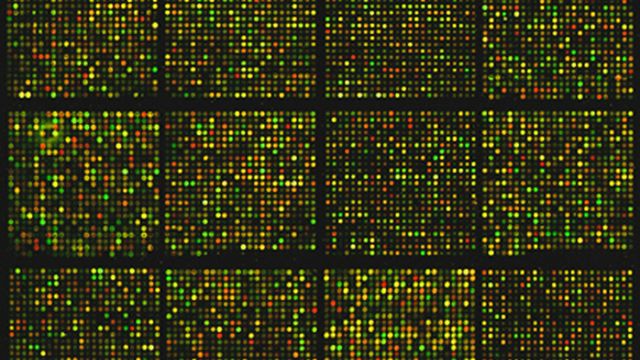Researchers Refine Allele Frequency Estimates in gnomAD Using Ancestry-Based Method
Scientists at the Neurological Research Institute at Texas Children’s Hospital, in collaboration with Baylor College of Medicine, have made a significant advancement in genetic research. They introduced a novel analytical approach that enhances the understanding of genetic variation in individuals with diverse ancestral backgrounds, specifically through a methodology known as local ancestry inference (LAI). This approach is now integrated into the Genome Aggregation Database (gnomAD), a critical resource in the field of genomics.
Advancements in Allele Frequency Estimation
Published in Nature Communications, this groundbreaking study illustrates the limitations of existing genetic databases that typically rely on general population averages. Traditional models can sometimes obscure the nuanced variations that exist within diverse populations. By employing LAI, the researchers can partition the genome according to continental ancestry components, providing allele frequencies with significantly greater specificity and accuracy.
The Power of Segment-Based Analysis
Many genetic databases, like gnomAD, categorize individuals into broad-based groups, such as African/African American and Latino/Admixed American. While these classifications aim to reflect overall genetic diversity, they often overlook profound variations within each ancestry segment. The research team’s innovative use of LAI allows for a more refined approach by identifying specific genomic regions based on ancestral origin.
Once they mapped these regions, the team recalculated the frequency of genetic variants within each segment. Their findings were striking: substantial discrepancies emerged between aggregate estimates and those derived from ancestry-specific segments. In fact, in populations classified as African/African American and Latino/Admixed American, over 80% of genetic sites exhibited higher frequencies in at least one ancestry segment compared to what was previously recorded.
Clinical Implications of Refined Variant Classification
The repercussions of this updated methodology extend into the realm of clinical genetics, particularly regarding variant classification. Current guidelines from the American College of Medical Genetics and Genomics (ACMG) use population frequency thresholds to determine whether a genetic variant is deemed benign or harmful. The ancestry-specific recalculations conducted by the researchers revealed that some variants, classified as rare on a population level, surpass the benign threshold when scrutinized within specific ancestry segments.
This refined approach equips clinicians and geneticists with a powerful tool to reduce the likelihood of misclassification, especially in individuals of mixed ancestry. By utilizing ancestry-specific allele frequencies now available in gnomAD, healthcare professionals can enhance diagnostic accuracy, moving beyond broad and potentially misleading population labels.
Expanding Access to Genetic Data
The implications of these updated allele frequencies extend beyond academic research; they are now publicly accessible through gnomAD. This availability empowers researchers and clinical laboratories alike, facilitating broader applications of this refined data. The research team emphasizes the critical importance of considering the genetic complexity within admixed populations, particularly as genetic testing becomes increasingly commonplace across varied demographic segments.
In summary, the newly refined analytical approach concerning allele frequency estimates presents a pivotal shift in how we understand genetic variation. By enabling more nuanced insights tailored to individual ancestries, this research promises enhanced accuracy in genetic diagnoses and further accessibility to pivotal genetic information for researchers and clinicians.



